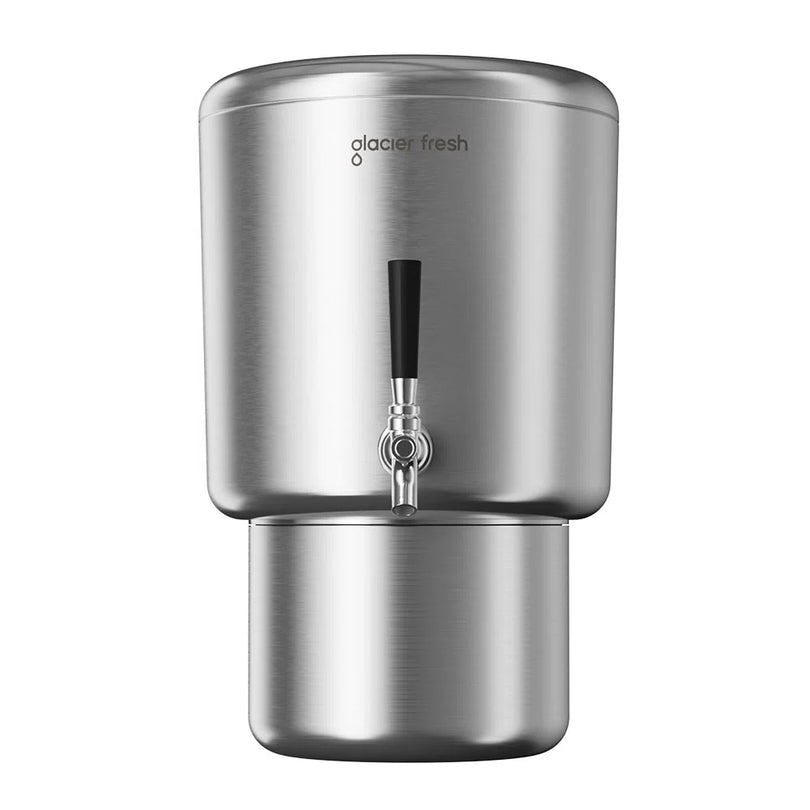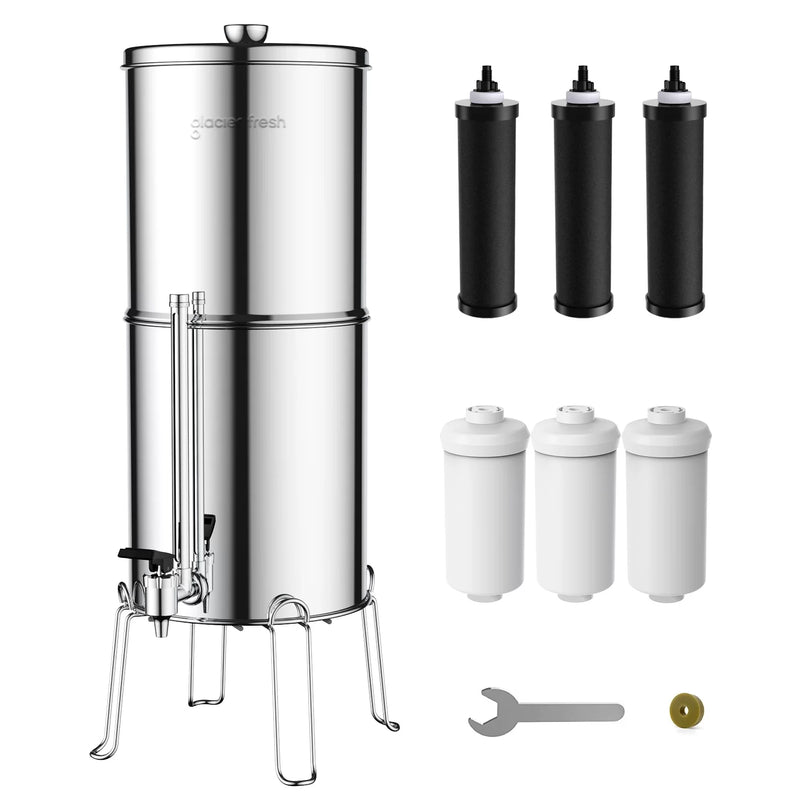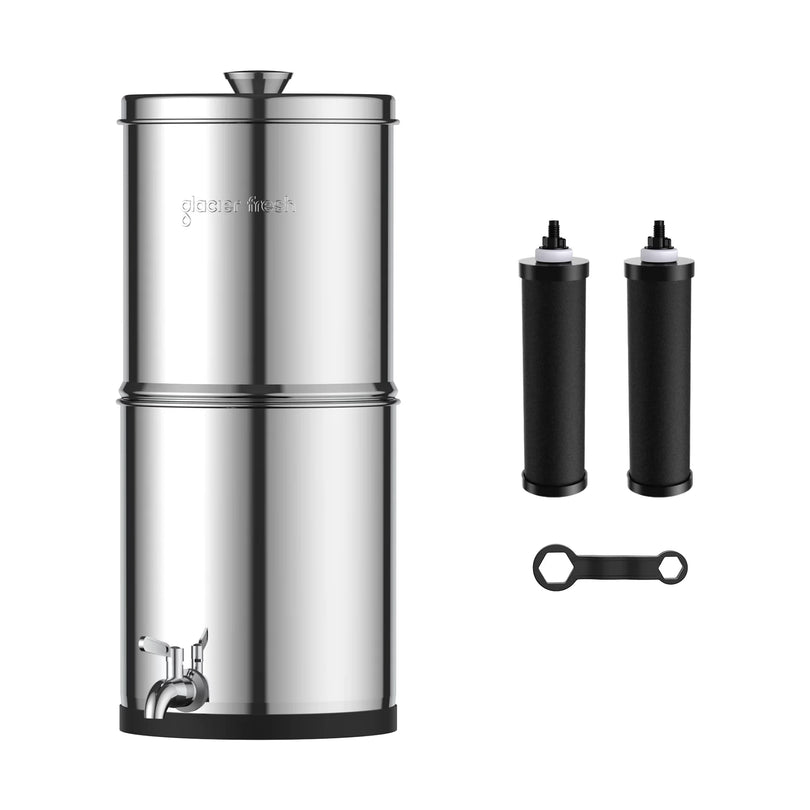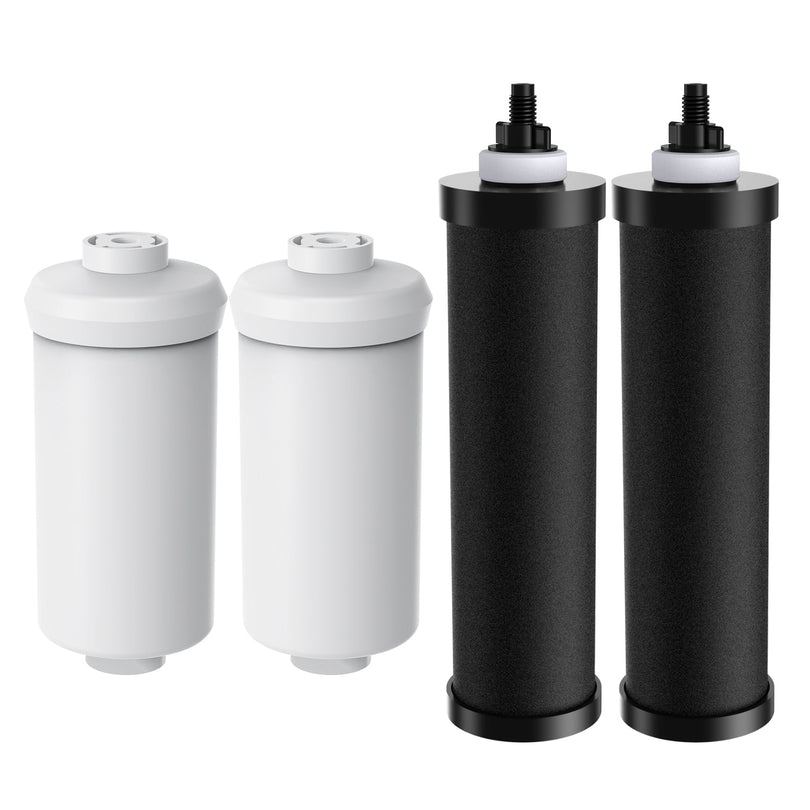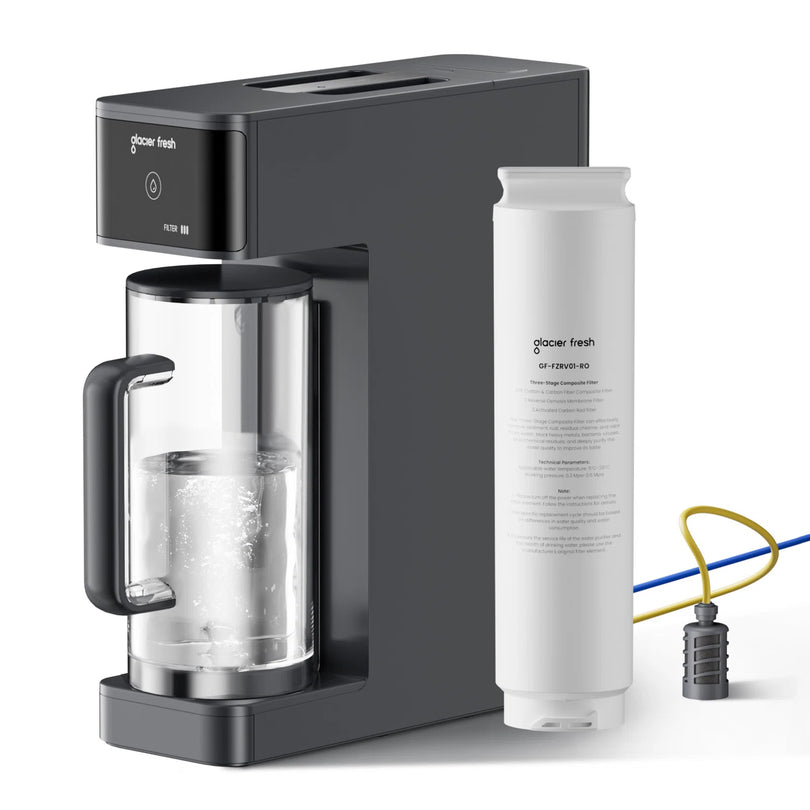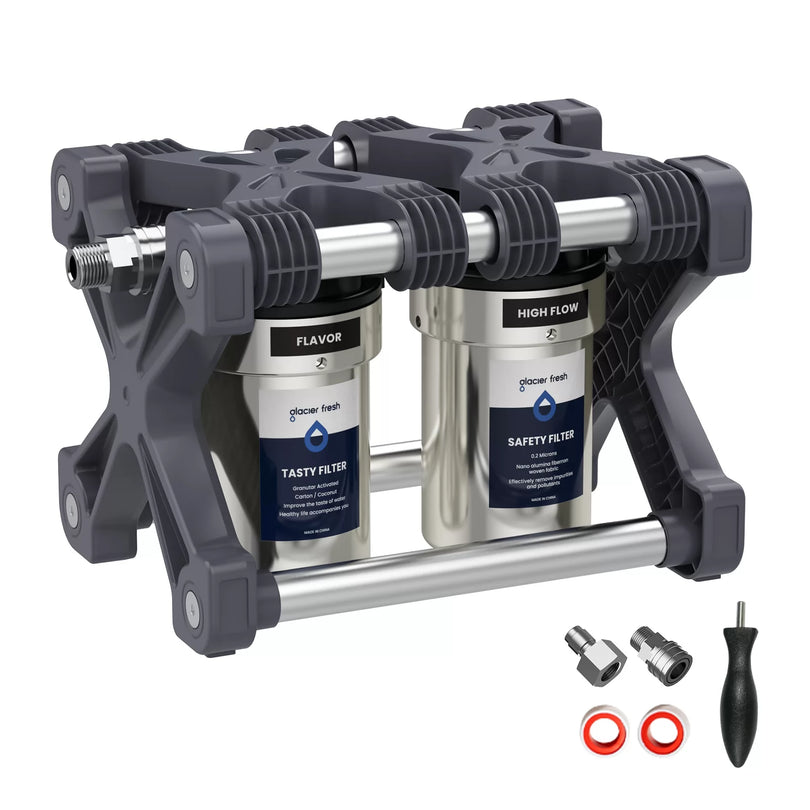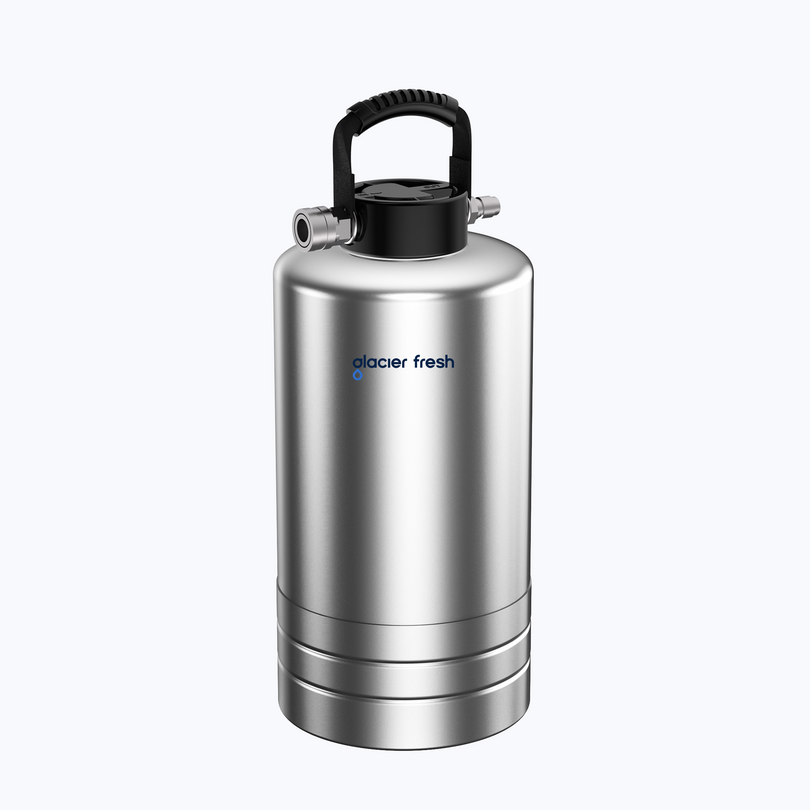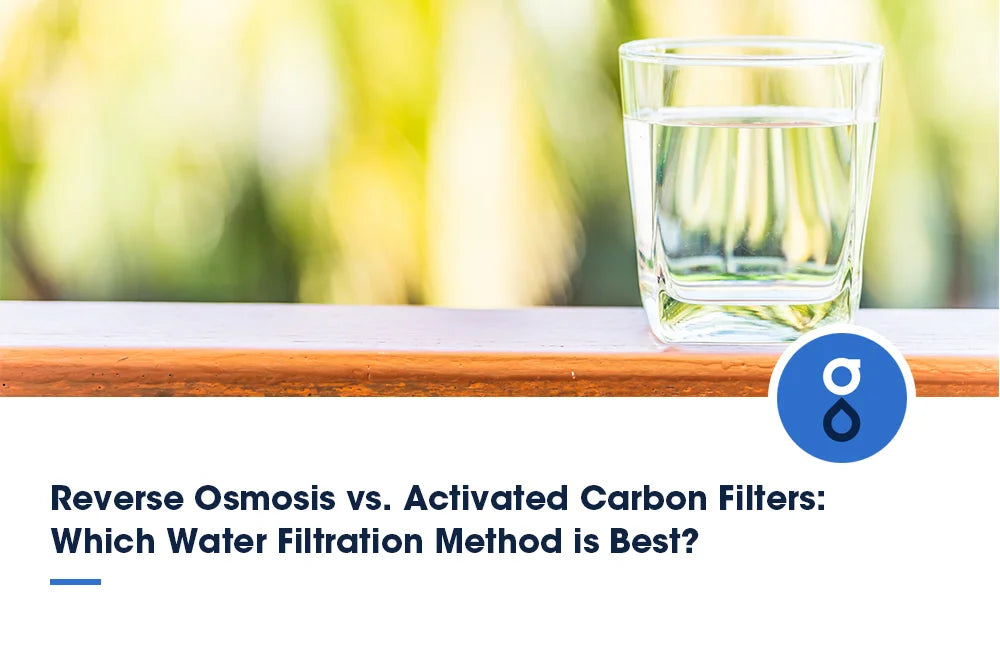Table of Contents:
Understanding softened water: What you need to know
Symptoms of softened water damage in plants
The effects of softened water on plant health
Hard water vs. soft water: what are the differences between plants
Methods of mitigating the effects of softened water on plants
Best practices and tips for watering plants
Conclusion
You've probably heard about the benefits of softened water for your skin and appliances, but have you ever considered its effects on your plants? Softened water, with its high sodium content, can replace essential plant minerals, leading to issues like leaf burn or stunted growth. Despite its convenience, it's important to understand how your watering methods could impact your plant's health. A deeper exploration of the topic could reveal some surprising facts and practical solutions. It's about time we got to the root of the issue.
Understanding softened water: What you need to know
Composition of softened water
Understanding the composition of softened water is crucial in grasping its effects on plants. It's not just water that's been treated to feel smoother on your skin; the water chemistry changes significantly during the softening process.
- Increased sodium levels: Softened water is high in sodium because the softening process replaces calcium and magnesium ions with sodium ions. High sodium levels can harm plants as they interfere with nutrient absorption.
- Altered water chemistry: Besides the high sodium, the water chemistry changes. This change might affect how your plants absorb water and essential nutrients from the soil.
- Reduced essential minerals: The process removes essential minerals like calcium and magnesium. These minerals are vital for plant health and growth.
How softened water is created?
Essentially, the softening procedure involves a device called a water softener. This device performs something known as ion exchange, which is a critical part of the process. So, you're probably wondering, "What's ion exchange?" It's a process where the water softener exchanges the "hard" minerals in your water, like calcium and magnesium, for "soft" minerals, typically sodium or potassium.
This exchange happens within the water softener's resin tank, filled with tiny resin beads that carry a negative charge. The "hard" minerals in your water, which carry a positive charge, are attracted to these beads and stick to them, leaving only the "soft" minerals in your water.
But there's a downside. The environmental impacts of water softening processes can be significant. The excess sodium or potassium released into your water supply can harm the environment when discharged. The water softening process can also use much water and energy, contributing to larger environmental issues like water scarcity and climate change.
Symptoms of softened water damage in plants
Signs of sodium toxicity
If your plants seem a bit off, they might show signs of sodium toxicity, a common issue when using softened water for watering. Sodium accumulation in the soil from softened water can negatively impact your plants' resilience and overall soil health. Identifying sodium toxicity can be challenging, but there are a few key signs you can watch out for. Here are three indicators that might suggest that your plants are suffering from sodium toxicity:
- Leaf burn or scorch: When sodium levels are too high, it can cause the edges or tips of your plant's leaves to turn brown or appear burned. This is often one of the first visible signs of sodium toxicity.
- Stunted growth: Sodium can interfere with a plant's ability to absorb necessary nutrients, leading to slowed or stunted growth.
- Yellowing or wilting: Excessive sodium can disrupt water balance within plants, causing them to wilt or their leaves to turn yellow.
Signs of nutrient deficiency
Despite the luxuriant look they may initially give, plants watered with softened water can start showing signs of nutrient deficiency over time. This is primarily due to the high sodium content in softened water, which interferes with nutrient absorption. You'll begin to notice that your plants aren't growing as vigorously as they should, or their leaves may start to discolor or wilt despite your best care efforts.
The sodium in softened water can upset the soil pH balance, creating a less-than-ideal environment for your plants to thrive. Soil pH is a crucial factor in nutrient absorption. If it's thrown off balance, your plants may be unable to take in the nutrients they need, even in the soil.
The continuous use of softened water can significantly undermine your plant's resilience. This means they will become less able to bounce back from disease or pest invasions. Your plants may seem fine for a while, but the persistent lack of essential nutrients takes its toll over time. The result? A once-healthy plant slowly deteriorates over time.
Identifying salt burn in plants
Another key aspect to consider is spotting salt burn in plants, a clear symptom of damage from softened water. You'll notice this as yellowing or browning at the tips and edges of leaves, often with a crispy texture.
You'll need to incorporate salt tolerance strategies to ensure your plants don't succumb to salt burn. This could involve choosing plants naturally resistant to high salt levels or adjusting your gardening approach to minimize salt damage. Consider implementing these three techniques:
- Plant recovery techniques: If you've noticed salt burn, don't panic. You can usually save your plants by flushing the soil with fresh, non-softened water to remove excess salt.
- Alternative watering solutions: Using non-softened water when watering your plants is crucial. Rainwater, distilled water, or reverse osmosis water are all viable options.
- Soil amendments: Adding organic matter, compost, or gypsum can help improve soil structure, enhancing its ability to flush out salts.
The effects of softened water on plant health

Although it may seem counterintuitive, using softened water for your plants can have surprising effects. Regularly watering your plants with softened water can cause salt buildup in the soil. This is because softened water often contains high levels of sodium, which can inhibit water absorption, leading to plant dehydration.
Excess sodium can also negatively affect soil health, devastatingly stunting your plant's growth. It compromises the soil structure, making it harder for your plants' roots to break through and absorb nutrients effectively. This can lead to nutrient deficiencies and poor plant growth.
On the other hand, some plants can tolerate a slightly higher salt content in the soil. However, knowing your plants' specific needs before using softened water is best. If you're unsure, it's safer to stick to rainwater or distilled water to water your plants to avoid any potential harm.
Hard water vs. soft water: what are the differences between plants
Understanding the difference between hard and soft water is key to keeping your plants healthy. Hard water is rich in minerals like calcium and magnesium. These minerals often benefit plants, promoting robust growth and enhancing their adaptability. On the other hand, soft water is treated to remove these minerals, replacing them with sodium.
Let's debunk some soft water myths. It's often touted as better for plants since it's free of "harmful" minerals. However, when watered with softened water, plants benefit from the hard water benefits. The sodium in soft water can build up in the soil, impairing your plants' ability to absorb necessary nutrients. Here's a comparison in a nutshell:
- Hard water: Rich in beneficial minerals, promotes plant growth, and enhances plant adaptability.
- Soft water: Lacks beneficial minerals, can lead to sodium buildup, and may impair nutrient absorption.
- Plant adaptability: Plants can adjust to hard water but may struggle with soft water's sodium content.
Methods of mitigating the effects of softened water on plants
Navigating the world of plant care can be a journey, especially when dealing with softened water. But don't worry; there are methods you can use to mitigate their effects on your plants.
Rainwater harvesting is a fantastic way to get natural, untreated plant water. You can collect rainwater in barrels or other containers and water it. It's a green solution that helps your plants and conserves water.
Another method is soil amendment. If your soil is too salty from softened water, adding organic matter or certain types of clay can help balance it. This method improves the soil's structure and nutrient content, making it more suitable for plant growth.
And then there's alternative watering. You don't always have to use tap water for your plants. Consider using distilled water or even filtered water. These alternatives can help you avoid the potential harm caused by softened water.
Best practices and tips for watering plants

Despite the challenges, mastering watering your plants can be incredibly rewarding. It's about more than just pouring water into the pot. The optimal watering techniques involve understanding your plants' needs, which can vary based on the plant type, growth stage, seasonal changes, and climate. Consider three crucial plant hydration strategies:
- Understand your plant's water requirements: Not all plants need the same amount. Succulents may need watering once a week, while ferns may require a daily drink. Research your plant's specific needs to avoid over or under-watering.
- Check the soil: Before watering, always check the soil. If it's dry two inches below the surface, it's time to water. If it's wet, hold off.
- Seasonal watering adjustments: Each season brings different watering needs. Plants typically require more water in warmer months and less during colder periods. Adjust your watering schedule as needed to meet these seasonal changes.
Conclusion
So, is softened water harmful to your plants? Yes, it can be. The high sodium content can lead to toxicity and health problems. Be mindful of signs like yellowing leaves or stunted growth. Opt for alternatives like rainwater or distilled water instead. Remember, understanding your plant's needs is key to its healthy growth. With the right care, you'll have a lush, resilient garden in no time.





